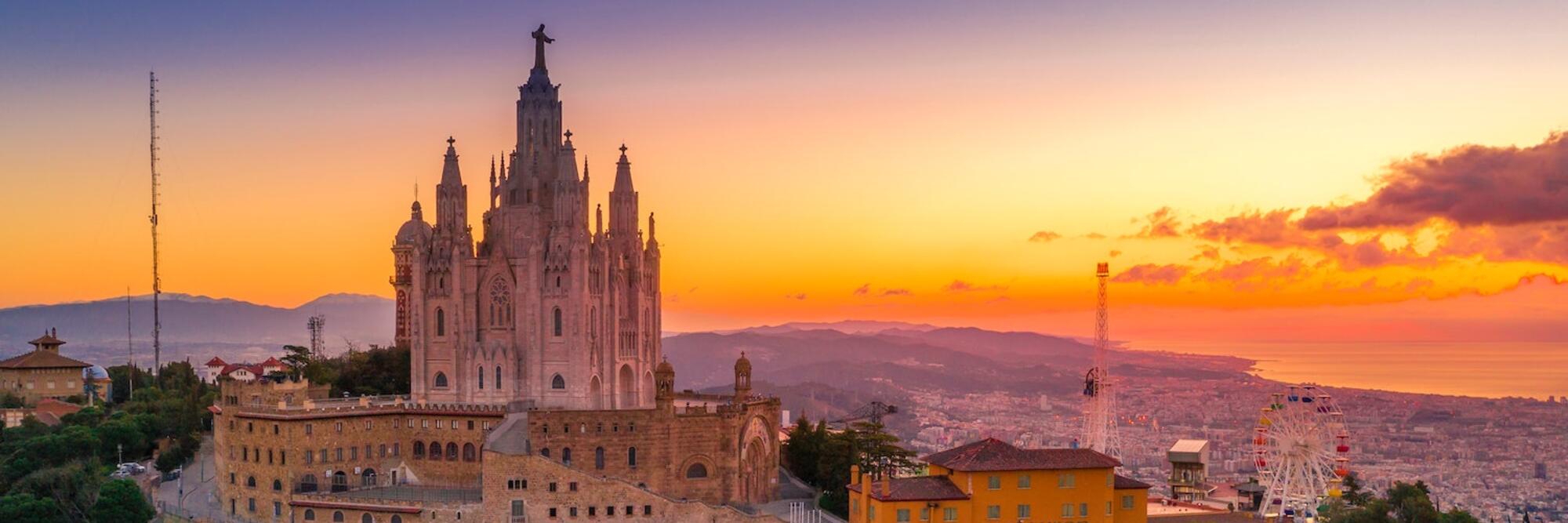The NIE number in Spain forms the backbone of your legal status once you’ve secured your initial visa. You’ll find that managing your residence permit, understanding renewal procedures, and navigating Spain’s unique pathways to legal status requires ongoing attention well beyond your initial visa application.
Spain’s reformed immigration system, effective May 2025, creates multiple routes to regularise your status and build a long-term residence. These changes particularly benefit people already living in Spain who need to transition between different permit types or secure legal status through Spain’s distinctive arraigo system.
NIE numbers in Spain
Your NIE number in Spain serves as your permanent fiscal identification throughout your residency journey. This ‘Número de Identificación de Extranjeros’ (foreigner identification number) is essential for every aspect of legal life, from banking and employment to healthcare access and property transactions.
The NIE number itself never changes, even as your residence status evolves from temporary to permanent or through different permit types. Your NIE format (e.g. A-1234567-Z) remains constant whether you hold student permits, work authorisation, or permanent residence. This continuity simplifies administrative processes as your circumstances change.
For detailed information on applying for your initial NIE, see our guide on Visas for Spain.
Residence permit management and the 1+4 system
Managing your residence permits in Spain requires understanding the new 1+4 framework that governs most permit durations. Initial permits typically last one year, followed by four-year renewals that provide substantial stability for long-term planning.
The system recognises that your circumstances evolve over time. You can transition between different permit types without leaving Spain, whether moving from student to work status, changing from employed to self-employed arrangements, or transitioning through arraigo pathways.
Permit renewals now follow predictable timelines that reduce administrative uncertainty. The four-year renewal periods mean you’ll spend significantly less time on bureaucratic processes compared to previous annual renewal requirements.
Processing times vary by permit type and application location. Arraigo applications typically process within two to three months, whilst work permit renewals may take one to two months. Applications submitted within Spain generally process faster than those filed from abroad.
Arraigo permits
The arraigo system in Spain provides five distinct pathways to legal residency for people already living in the country, representing opportunities unavailable in most other European countries. These permits acknowledge the reality that life circumstances change and people deserve pathways to regularise their status based on genuine ties to Spanish society.
Arraigo Social underwent revolutionary changes under the 2025 reforms. You no longer need a work contract to qualify – making this pathway accessible to people supporting themselves through savings, family support, or informal economic activities. Instead, you must demonstrate social integration through community ties, relationships, or family connections whilst demonstrating sufficient financial means. The requirement dropped from three years to two years of continuous residence, opening doors for thousands of people previously caught in bureaucratic limbo.
Arraigo Socio-laboural serves people with part-time employment or multiple job arrangements. You need just 20 hours per week of contracted work – a significant reduction from previous requirements. Your salary must meet proportional minimum wage standards, and you don’t need separate social integration reports. This pathway is for those with modern, flexible work arrangements and gig economy workers.
Arraigo Socio-formativo creates opportunities through professional training whilst allowing up to 30 hours per week of employment. This pathway particularly suits people transitioning careers or developing new skills whilst maintaining some income. The permit extends for a second year if you maintain your training programme.
Arraigo Familiar covers family relationships with legal residents who don’t qualify for standard reunification procedures. This pathway often serves extended family members or non-traditional family structures.
Arraigo Segunda Oportunidad provides lifelines for people who previously held residence permits but lost them due to changing circumstances. If you held any residence permit within the last two years, you might qualify for this ‘second chance’ pathway back to legal status – particularly valuable for former asylum seekers or people whose employment situations changed unexpectedly.
All arraigo permits follow the 1+4 year system and include full work authorisation. Time spent as an asylum seeker no longer counts toward arraigo eligibility, although transitional rules apply until May 2026 for people whose asylum applications were denied before the reforms took effect.
Family and student permits
Family reunification in Spain operates through different systems depending on your circumstances. Family members of Spanish citizens now access dedicated five-year permits with immediate work authorisation, whilst family members of other residents follow separate procedures.
Student residence in Spain now provides genuine pathways to permanent status through duration-based permits and enhanced work rights. Your student permit covers your entire academic programme rather than requiring annual renewals, reducing the administrative burden significantly.
For detailed information on family and student visa applications, see our comprehensive guide on Visas for Spain.
TIE cards and ongoing documentation
TIE (Tarjeta de Identidad de Extranjero) cards in Spain serve as your primary identification and proof of legal residence throughout your time in the country. Understanding TIE management becomes crucial for keeping your legal status and accessing services.
If your authorised stay exceeds six months, you must apply for your TIE within one month of entering Spain. The application requires Form EX-17 or EX-23, your passport, padrón certificate (Certificate of Census Registration), recent photograph, and fee payment. Book appointments online immediately upon arrival, as wait times in major cities can extend several weeks.
Your TIE provides access to healthcare, banking, employment, and EU travel rights. The card’s validity matches your residence permit duration, meaning longer permits reduce renewal frequency – a significant benefit of the 1+4 system.
TIE renewal procedures begin one month before expiry and can continue up to three months after expiration for certain permit types. Digital copies prove invaluable during renewal processes, as officials collect your old card before issuing replacements.
Employment rights and permit management
Employment rights in Spain vary by permit type but became substantially more flexible under the 2025 reforms. Most residence permits now include automatic work authorisation for both employment and self-employment, eliminating separate application processes.
The distinction between Cuenta Ajena (employed) and Cuenta Propia (self-employed) permits is important for tax and social security purposes, but permit holders can often engage in both activities without additional authorisation.
Students, arraigo permit holders, and family reunification beneficiaries all have immediate work rights, meaning smoother integration into the Spanish labour market.
For detailed work permit application procedures, see our guide on Work Permits and Residency in Spain.
Long-term residence and citizenship pathways
Long-term residence in Spain is available after five years of continuous legal residence.
Permit holders over 30 receive long-term residence cards valid for 10 years, whilst those under 30 receive five-year cards. These extended validity periods reduce administrative burden and provide genuine security for long-term planning.
Spanish citizenship becomes possible after 10 years of legal residence for most nationalities, reduced to two years for Latin American countries and one year under certain circumstances. Citizenship applications require demonstrating Spanish language proficiency and constitutional knowledge.
The reformed residence system creates clearer pathways between different permit types, allowing natural progression from temporary to permanent status without bureaucratic obstacles that previously trapped people in legal limbo.
Residence permit requirements and procedures can change at short notice. Contact relevant Spanish authorities or qualified immigration professionals for current requirements before making major decisions about your residence status.



